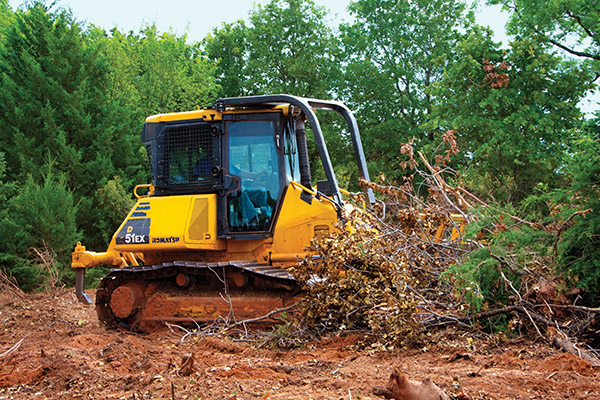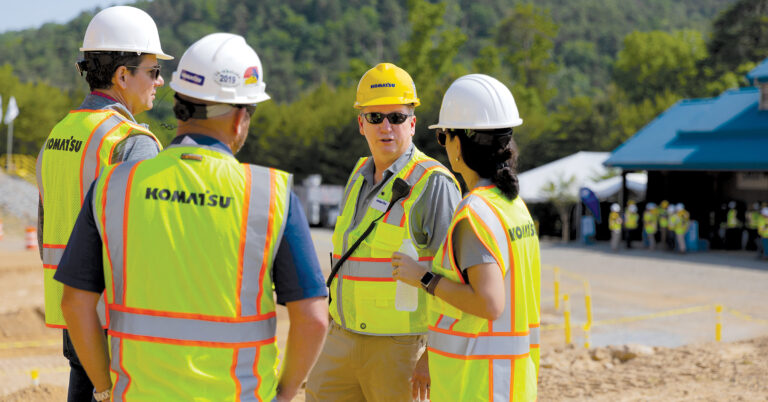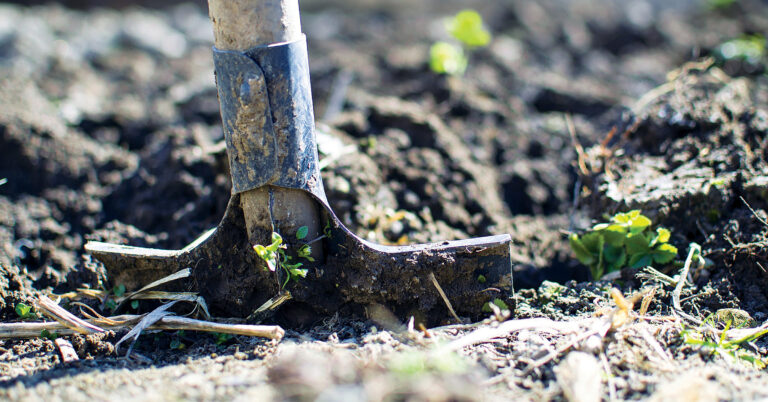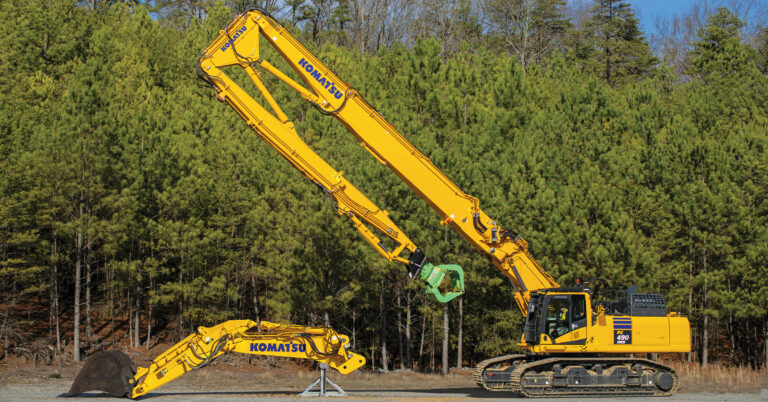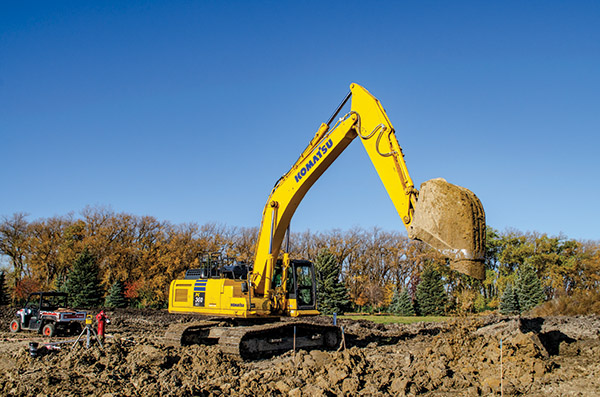
How To Determine Operating Costs for Accurate Bids
Industry estimates put owning expenses at 25 to 30 percent of the total machine owning and operating picture. These costs, which include finance, interest, depreciation and tax, tend to be fairly straightforward. The remaining balance – 70 to 75 percent – includes labor, fuel, parts, repairs, operator expenses and other related items that make up the operating component, which is more variable and comprehensive.
Calculating operating costs is the more difficult of the two because so many factors go into them. For example, an excavator may be used in several applications, each of which probably causes totals to fluctuate. The same machine may perform demolition and run attachments, such as hammers, shears and thumbs. It may not take any more power or fuel than digging; however, the conditions put more stress on a machine and may require added maintenance and repairs.
Even digging isn’t so straightforward. Ground conditions can vary greatly within a particular geographic area and on a jobsite itself. A trench may have different types of soils as layers of topsoil, clay and rock could be encountered at varying depths.
Finally, where a machine is at in its life cycle makes a difference. A new unit will cost little in repairs, therefore, more of its production time goes to profit. An older machine that’s paid for may seem like it’s more profitable. However, it could be more prone to breakdown and run less efficiently. There’s a chance the machine is making money, although not as much as the owner thinks, if it needs frequent repair.
Factor in the Operator When You Determine Operating Costs
The person running the machine has to be figured into operating costs as well. A more experienced operator may likely work more productively than a rookie, but he or she will also have a higher wage.
Another item to consider is how a person operates and takes care of a machine. While many of today’s machines have several working modes designed to match applications for maximum efficiency, longtime operators may be accustomed to always running at full power and idling during nonproductive times. That practice leads to maintenance and repair outlays.
Applying History, Modern Technology, for Accurate Bids
Experience plays a valuable role in getting to true operating costs. Factoring in historical trends and data from past projects is a good starting point for determining how to approach the next estimate and final bid. Accurate records of conditions and information on how operators and machines have worked and been used under similar circumstances provide a solid reference point.
Relying strictly on past project costs has shortcomings, however. For example, if personnel don’t provide information, such as fuel usage, hours of production versus idle time and maintenance records, it’s difficult to get a true picture. It’s not always feasible for an owner to visit a jobsite, especially if multiple projects are spread throughout a large area. Fortunately, during the past few years, improved technology, such as a telematics system, allows owners and their personnel to monitor information remotely, including which mode a machine worked, how often a machine idled, fuel usage, production factors and other critical information. Reports from these systems, along with other records, can be very useful for future reference.
Having this information allows contractors to address cost-saving practices, such as shutting down a machine during nonproduction times or training operators to use a more efficient working mode. In time, operating costs may be lowered, profit increased and more competitive estimates produced.
Technology, in the form of bidding and estimating software, can help produce accurate bids. Programs designed to work with jobsite plans allow users to trace existing and proposed elevations, then the programs calculate the amount of earth to move by cut, fill or both. Users should take into account that calculations can be off by a few percentage points and programs don’t always factor in types of soil, obstructions or other items that may affect production. A site visit should be completed to evaluate those factors.
On a visit, users can set up a GPS system to create a picture of the existing site. That information is loaded into a project design file to create a model for estimating how much earth to move. This file can also be used with a 3D machine-control system, which provides accurate grading and reduces costs associated with material overages, staking and surveying.
Calculating true operating costs that accurately reflect what to charge for individual machines on each job takes practice; however, it’s a business component that every contractor needs to master in order to produce accurate bids that result in profitable projects.

